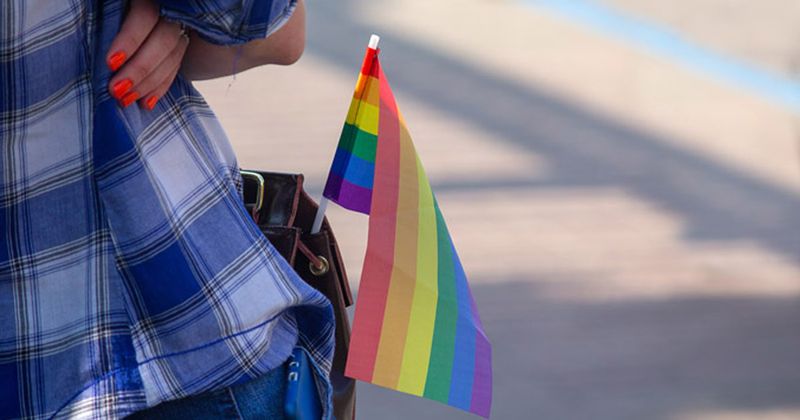Multilevel changes may reduce impact of acne in transgender patients
Key takeaways:
- Multilevel changes may reduce acne stigma, impact and treatment barriers experienced by transgender individuals.
- Transgender and gender-diverse patients reported facing barriers to acne treatment.
Transgender and gender-diverse individuals reported experiencing rejection and discrimination due to acne, as well as unique barriers to acne care, according to study results published in JAMA Dermatology.
In an exclusive interview with Healio, the researchers of this study discussed the multilevel changes that are necessary to reduce acne stigma and improve care in this population.

“Hormone providers should appreciate the significant impact of acne on everyday life, monitor for acne development and treat acne proactively,” Howa Yeung, MD, MSc, assistant professor of dermatology at Emory University School of Medicine, told Healio. “Dermatologists should help develop strategies to reduce acne stigma, provide transgender-specific acne care education, facilitate acne research and multidisciplinary care, and expand transgender-friendly clinical environments.”

Yeung and colleagues conducted a mixed-methods study involving semi-structured interviews and surveys of 32 transgender and gender-diverse patients aged 18 to 57 years (mean age, 32 years) with acne. Of them, 12 were recruited from the public safety-net hospital and 20 from tertiary outpatient clinics. Researchers then coded the interviews exploring the experience of acne and acne treatment using minority stress theory and the socioecological model, two “complementary conceptual frameworks” that can help guide transgender health disparities research.
Themes were triangulated with survey data on acne experiences related to gender identity, skin-related quality of life and acne treatment.
In addition, researchers used the Comprehensive Acne Quality of Life Measure (CompAQ), a 20-item validated measure including psychological/emotional, social, social interactions, treatment concerns and physical symptoms domains to measure acne-specific quality of life for facial and torso acne. Individual domains are scored 0 to 32, with 32 indicating maximal burden.
Overall, 11 participants (34%) self-rated their acne as mild and another 11 (34%) reported having moderate to severe acne, whereas the remaining 10 (31%) said they currently had clear or almost-clear skin.
Transgender and gender-diverse individuals reported experiencing discrimination and rejection related to acne, avoiding social interaction due to anticipated rejection and worsened dissatisfaction with body appearance.
Specifically, median CompAQ social judgement subscores were higher for individuals with moderate to severe acne (12; interquartile range [IQR], 5-17) vs. those with mild or better acne (8; IQR, 1-15).
Also, researchers found that acne had uniquely different impacts on transgender men and transgender women.
“Transgender men often normalized acne development, sometimes viewing acne positively as an early sign of testosterone action,” Yeung told Healio. “Transgender women reported acne interfering with feminine gender expression and contributing to fears of being misgendered.”
Median CompAQ psychological/emotional subscore was 15 (IQR, 9-18) among transgender men and 20 (IQR, 15-26) among transgender women.
In addition, participants reported facing barriers to acne treatment including cost, lack of multidisciplinary care, mistrust toward the health care system and lack of transgender-specific acne care education.
“Future acne research should actively recruit and engage transgender and gender diverse individuals to examine the natural history of acne and acne experience in the context of hormone therapy,” Yeung said.
For more information:
Howa Yeung, MD, MSc, can be reached at howa.yeung@emory.edu.

